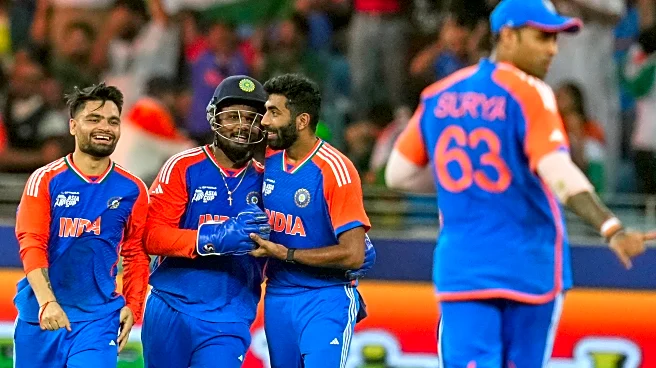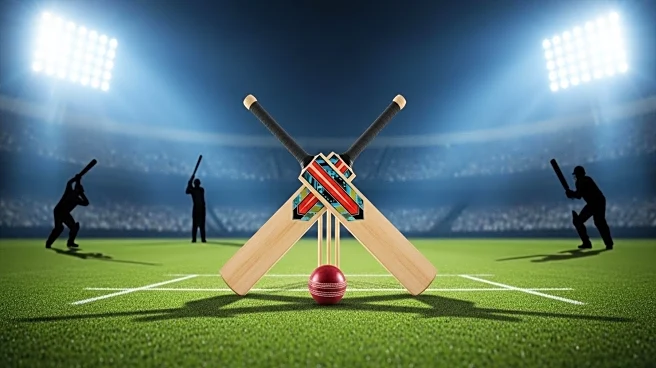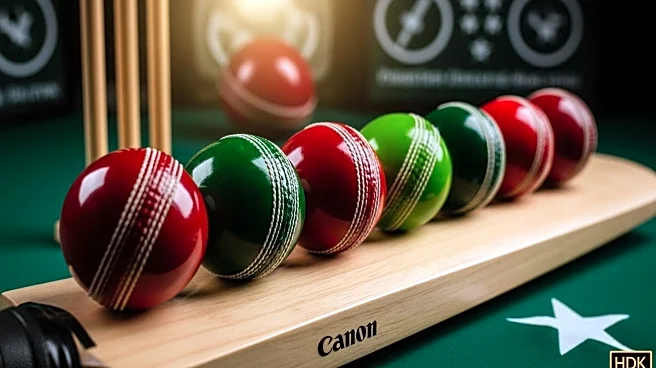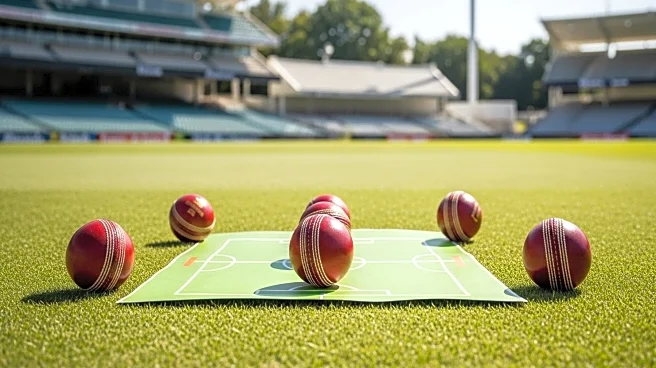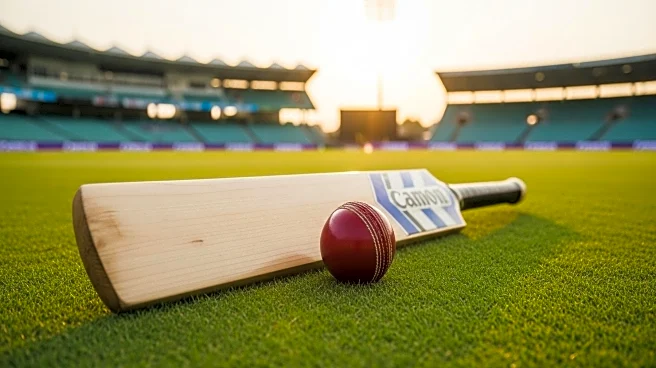What's Happening?
The Asia Cup 2025 final between India and Pakistan has introduced a unique broadcasting setup, with two different broadcasters conducting the toss. Former India coach Ravi Shastri will interview the Indian captain, while ex-Pakistan skipper Waqar Younis will speak to Pakistan's leader. This arrangement is set to continue during the post-match presentation. The development comes amid scrutiny of Pakistan cricket, not only for their on-field performance but also for their media handling. Controversy arose when Pakistan's captain skipped a mandatory post-match press conference after a group stage loss to India, leaving coach Mike Hesson to address the media. Further issues occurred when Pakistan's captain avoided media interactions before a game against the UAE, and Indian journalists were restricted from asking questions during a subsequent press conference.
Why It's Important?
This broadcasting decision highlights ongoing tensions and media management issues within Pakistan cricket. The avoidance of Indian media questions has drawn criticism, suggesting a lack of transparency and accountability. This situation contrasts with the Indian team's approach, where players have addressed difficult questions directly. The broadcasting arrangement and media handling could impact the perception of Pakistan cricket, potentially affecting its reputation and relations with international media. The scrutiny on Pakistan's media strategy underscores the importance of open communication in sports, especially in high-stakes matches like the India-Pakistan rivalry.
What's Next?
The unique broadcasting arrangement may set a precedent for future high-profile cricket matches, especially those involving rival nations. Stakeholders, including cricket boards and broadcasters, might reassess their media strategies to ensure fair and transparent communication. The Pakistan Cricket Board (PCB) may face pressure to address media handling issues and improve its approach to avoid further criticism. The outcome of the Asia Cup final and subsequent media interactions could influence future decisions regarding media access and broadcasting protocols in international cricket.

